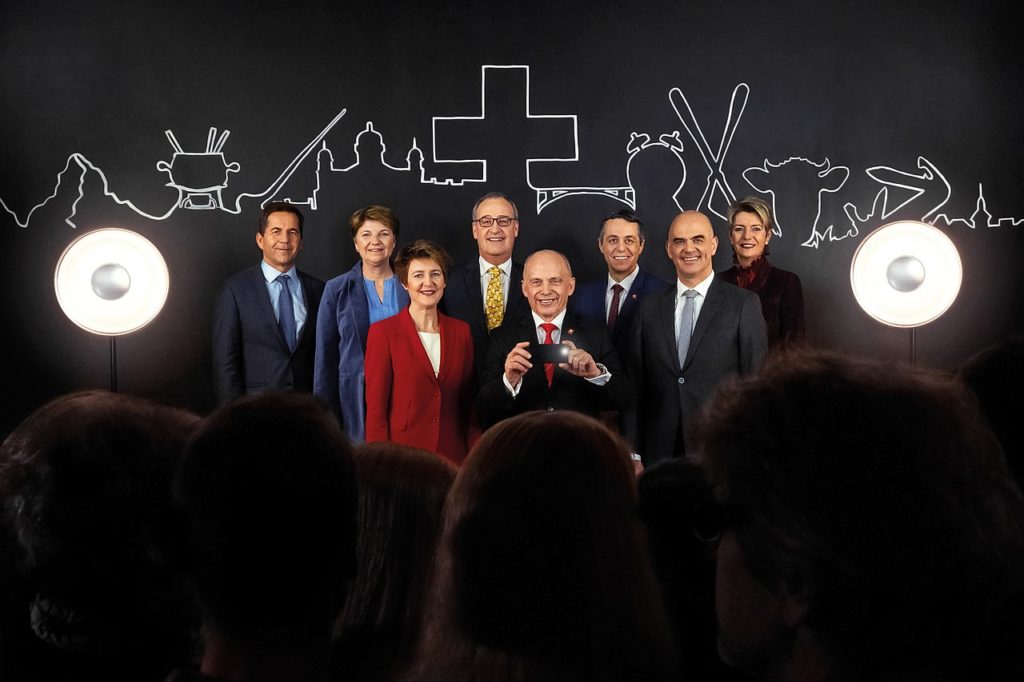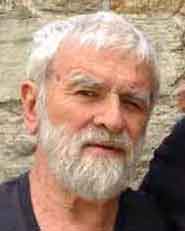Take a look at Wikipedia’s
List of current heads of state and government
There are three columns: State, Head of State, Head of Government. The head of state is usually a President (or a royalty, such as Queen Elizabeth of the United Kingdom), and the head of government is normally a Prime Minister. Some countries combine these two heads, calling such a person a President (as in the United States).
The only country that is an exception is Switzerland. The executive office is shared by seven individuals. The chairperson is called “president,” but with no extra powers.

What’s my point? I am reading Hannah Arendt’s book The Origins of Totalitarianism(1951, 1958), which is about the regimes of Hitler after 1938, and that of Stalin after 1930. Both regimes were ruled by dictators. What made them “totalitarian,” according to Arendt, was their mass killings and total domination of populations through terror.
The lesson should be clear. Placing power in the hands of one person is already a form of dictatorship. And if you elect the wrong dictator, you may find yourself in the claws of a barbarian.
To prevent barbarism, all governments should be more like the Swiss. What does Arendt’s say about this proposal? On page 273, in footnote 11, she writes:
“It is true that some Czech statesmen, the most liberal and democratic of the leaders of national movements, once dreamed of making the Czechoslovak republic a kind of Switzerland. The reason why even Benes never serious attempted to effectuate such a solution to his harassing nationality problems was that Switzerland was not a model that could be imitated, but rather a particularly fortunate exception that proved an otherwise established rule. The newly established states did not feel secure enough to abandon a centralized state apparatus and could not create overnight those small self-administrative bodies of communes and cantons upon whose very extensive powers the Swiss system of federation is based.”
In response, I ask: Is it true that Switzerland was not (and is not) a model that could be imitated?
Carlton J. H. Hayes, in A Generation Of Materialism (1871-1900), 1941, at the end of Chapter 7, “Seed-time of totalitarian nationalism,” concluded:
“Only tiny Switzerland, perched high above the rest of Europe, offered practical demonstration of how, through sane federalism and real liberty, diverse nationalities could live together in amity and evince a common patriotism. Although no great power paid serious attention to the Swiss demonstration, Switzerland remained at peace when later the world was at war, and Switzerland outlasted the empires of Hapsburg, Hohenzollern, and Tsar.”
